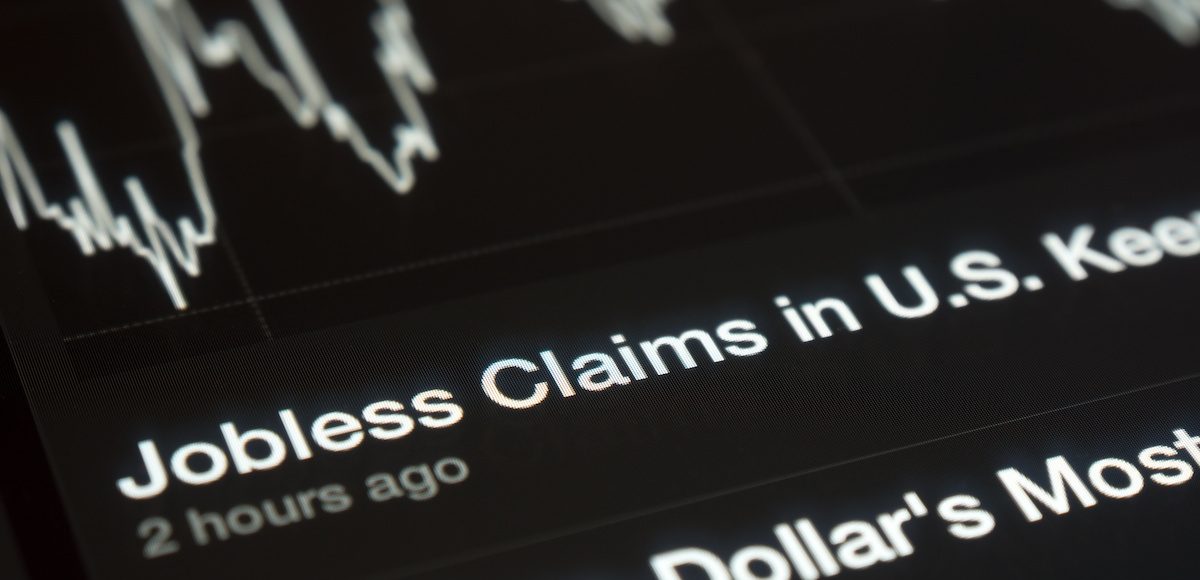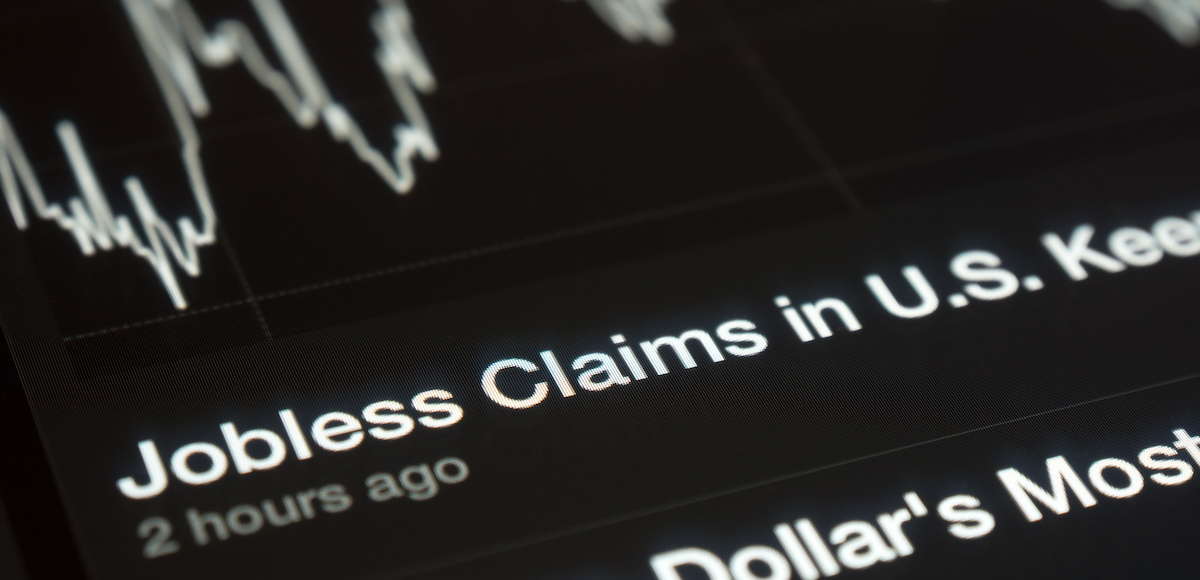

The Labor Department said initial jobless claims rose less than expected to only 214,000 for the week ending December 15, beating the forecast. The consensus forecast was for 220,000 jobless claims.
In November, jobless claims jumped somewhat. But data for December indicate the rise in the firing rate was likely temporary.
The 4-week moving average– which helps to iron out volatility –came in at 222,000, a decline of 2,750 from the previous week’s unrevised average of 224,750.
The advance seasonally adjusted insured unemployment rate was unchanged at a very low 1.2% for the week ending December 8.
The advance number for seasonally adjusted insured unemployment during the week ending December 8 was 1,688,000, an increase of 27,000 from the previous week’s unrevised level of 1,661,000.
The 4-week moving average was 1,672,500, an increase of 6,750 from the previous week’s unrevised average of 1,665,750.
No state was triggered “on” the Extended Benefits program during the week ending December 1.
The highest insured unemployment rates in the week ending December 1 were in Alaska (3.1), New Jersey (2.1), California (1.9), Pennsylvania (1.9), Connecticut (1.8), Puerto Rico (1.8), Virgin Islands (1.8), Montana (1.7), Washington (1.7), Minnesota (1.6), and West Virginia (1.6).
The largest increases in initial claims for the week ending December 8 were in Massachusetts (+458), Colorado (+439), Idaho (+419), Nebraska (+281), and South Dakota (+133), while the largest decreases were in Pennsylvania (-10,609), New York (-8,993), California (-7,654), Georgia (-3,759), and Illinois (-3,189).





